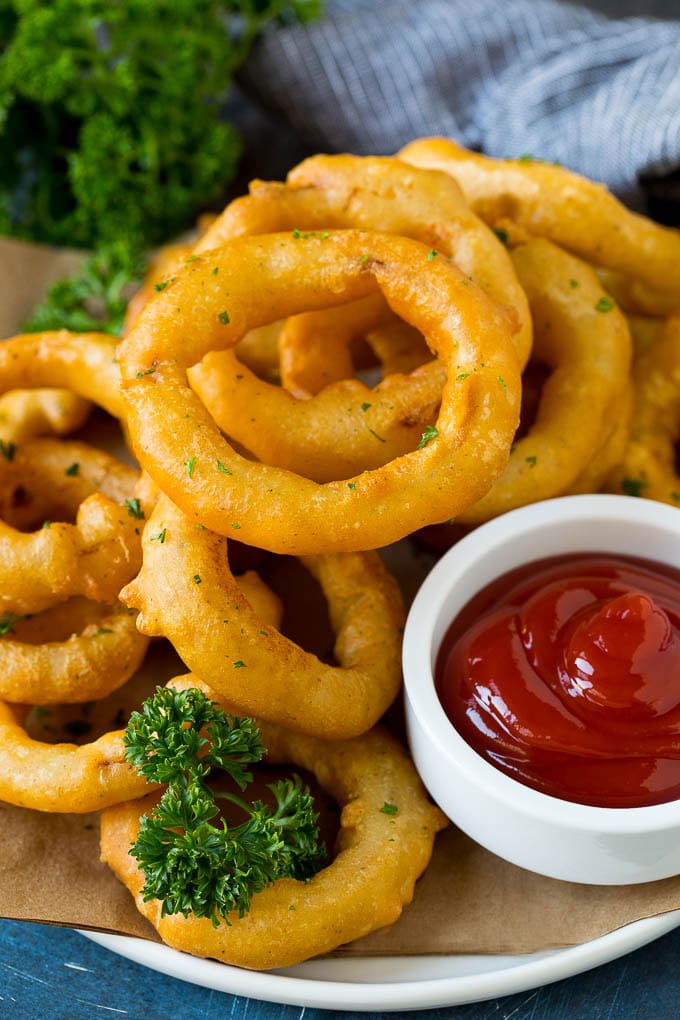Quark Homemade Cheese: Benefits, Recipes, and Tips
Quark cheese is a fresh, smooth-curd cheese originating in Europe. It’s made by warming soured milk until it curdles, then straining it to remove the whey. Unlike aged cheeses, quark doesn’t undergo a maturation process, resulting in its mild and tangy flavor. Traditionally used in both savory and sweet dishes, quark is versatile, fitting well into recipes like cheesecakes, dips, spreads, and even salads. German and Austrian cuisines frequently feature quark due to its adaptable nature.
The Nutritional Benefits of Quark Cheese
Quark cheese is rich in protein and offers essential vitamins and minerals. It contains approximately 14 grams of protein per 100 grams, making it a great choice for muscle repair and growth. It provides calcium, critical for bone health, and B vitamins like B2 and B12, which aid in energy production and red blood cell formation. Low in fat and carbohydrates, quark suits various dietary needs, including low-carb and low-fat diets. Its probiotic content also supports gut health, enhancing digestion and overall wellbeing.
The Process of Making Quark Homemade Cheese
Essential Ingredients and Tools
Making quark homemade cheese requires a few essential ingredients and tools. You’ll need:
- Milk: Use pasteurized, non-UHT whole milk for the best results.
- Starter Culture: Mesophilic culture or buttermilk works well.
- Rennet: Liquid rennet ensures proper curd formation.
- Salt: Fine sea salt to enhance flavor.
Essential tools include a large pot, a thermometer, cheesecloth, a colander, and a spoon. These tools streamline the process and help maintain the desired texture and flavor.
- Heat Milk: Pour 4 quarts of milk into the pot. Slowly heat it to 77°F (25°C), stirring occasionally to prevent scorching.
- Add Starter Culture: Add 1/4 teaspoon of starter culture or 1/2 cup of buttermilk. Mix thoroughly.
- Add Rennet: Dilute 2 drops of liquid rennet in 1/4 cup of water. Gently stir the mixture into the milk.
- Curd Formation: Cover the pot and let it sit undisturbed for 24 hours at room temperature. The milk will thicken into a yogurt-like consistency.
- Cut the Curd: Gently cut the curd into 1-inch cubes using a knife. Let it rest for 5 minutes.
- Heat the Curd: Gradually heat the curds to 105°F (40°C) over 30 minutes, stirring carefully to prevent breaking.
- Drain the Whey: Line the colander with cheesecloth and pour the curds into it. Let it drain for 6-12 hours, until reaching desired consistency.
- Salt and Store: Sprinkle 1/2 teaspoon of fine sea salt over the cheese. Mix well. Refrigerate the quark in an airtight container.
Tips and Tricks for Perfect Quark Cheese
Achieving the Right Texture
Use fresh, high-quality milk to ensure a smooth texture in your quark. Heating milk to 86°F (30°C) is crucial; exceeding this temperature can make curds tough.
Stir gently after adding the starter culture, as vigorous stirring can disrupt the curd formation. Let the milk sit undisturbed for 12-24 hours for optimal curd development.
Cut the curds into small cubes with a long knife to release whey efficiently. Allow curds to rest at room temperature for an hour before draining. If you prefer a creamier texture, drain for a shorter period; for a firmer consistency, let it drain longer.
Flavor Variations and Enhancements
Incorporate herbs like chives or dill to add a burst of freshness to your quark. Mix finely chopped garlic or shallots for a savory twist. For a sweeter version, add honey or fruit preserves.
Experiment with different cultures for unique flavors. Using mesophilic cultures results in a milder taste, while thermophilic cultures produce a tangier flavor.
Adjust salt levels according to your taste preference but start with a minimal amount. A small pinch can bring out flavors without overwhelming the natural taste of the quark.
Uses of Quark Homemade Cheese in Cooking
Incorporating Quark in Baking
Quark homemade cheese adds moisture and richness to baked goods. Use quark in cheesecake recipes to achieve a smooth, creamy texture. Replace cream cheese with quark in frosting for a lighter alternative. Add quark to muffin or cake batter for added moistness without introducing extra fat. Quark functions well in quick breads (banana bread, zucchini bread) due to its mild flavor and smooth consistency.
Savory Dishes with Quark
In savory dishes, quark provides a creamy base and enhances texture. Use quark as a healthier substitute for sour cream in dips, spreads, and sauces. Add quark to mashed potatoes to create a creamy consistency with fewer calories. Mix quark with herbs, garlic, and lemon for a flavorful dip or spread. Enhance pasta dishes by stirring quark into sauces for added creaminess without excess fat. Combine quark with spices and herbs to fill stuffed vegetables like bell peppers and mushrooms. Use quark in soups (pumpkin soup, leek, and potato soup) to increase creaminess and enrich the taste.
Conclusion
Quark homemade cheese is a fantastic addition to your culinary repertoire. Its mild flavor and versatility make it perfect for both sweet and savory dishes. Plus, the nutritional benefits, including protein and probiotics, add a healthy boost to your meals.
By making quark at home, you can ensure the best quality and texture. Whether you’re adding it to baked goods for extra moisture or using it to enhance the creaminess of savory dishes, quark is a game-changer. Try incorporating it into your favorite recipes and enjoy the delicious and nutritious results.






